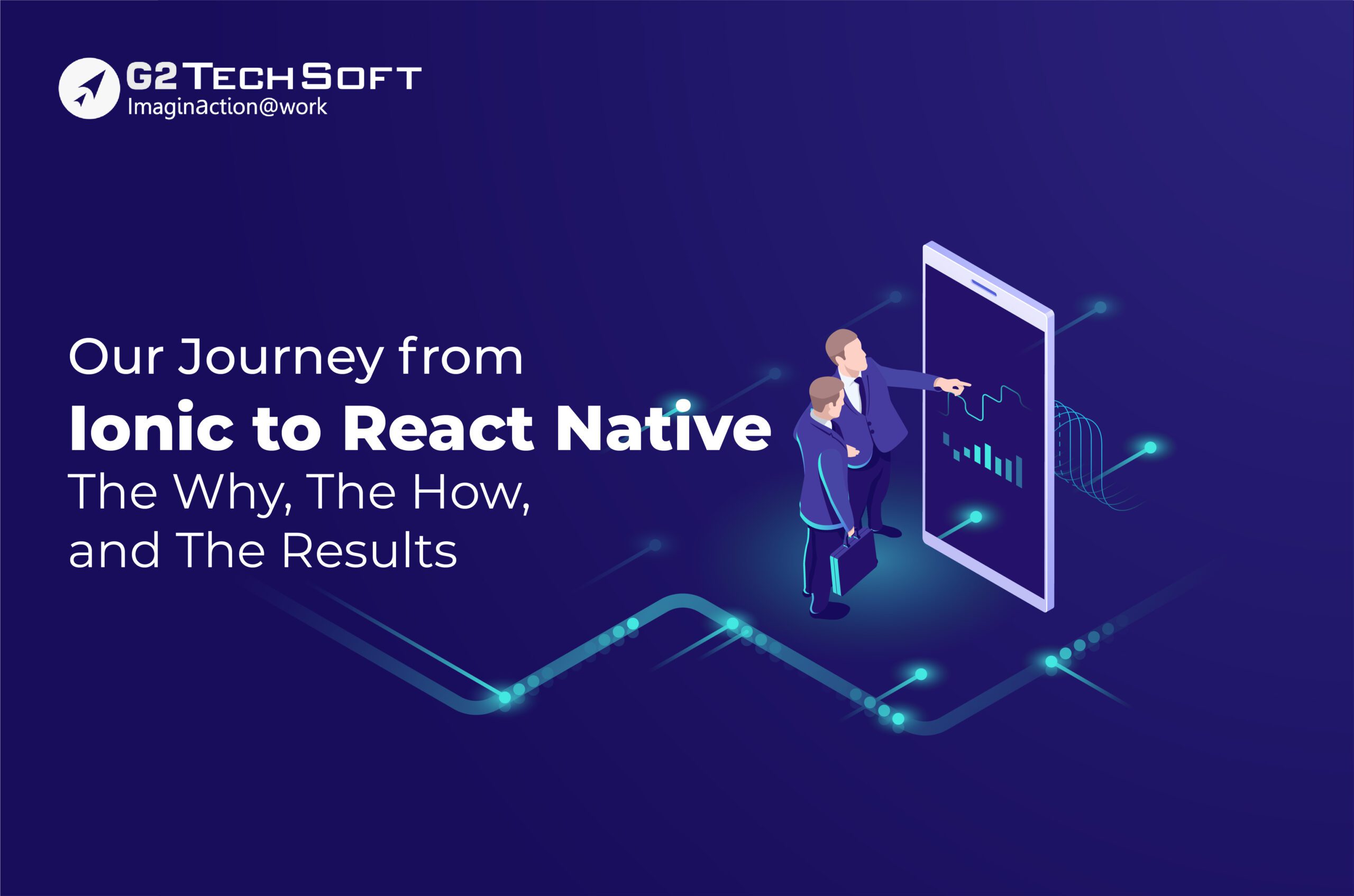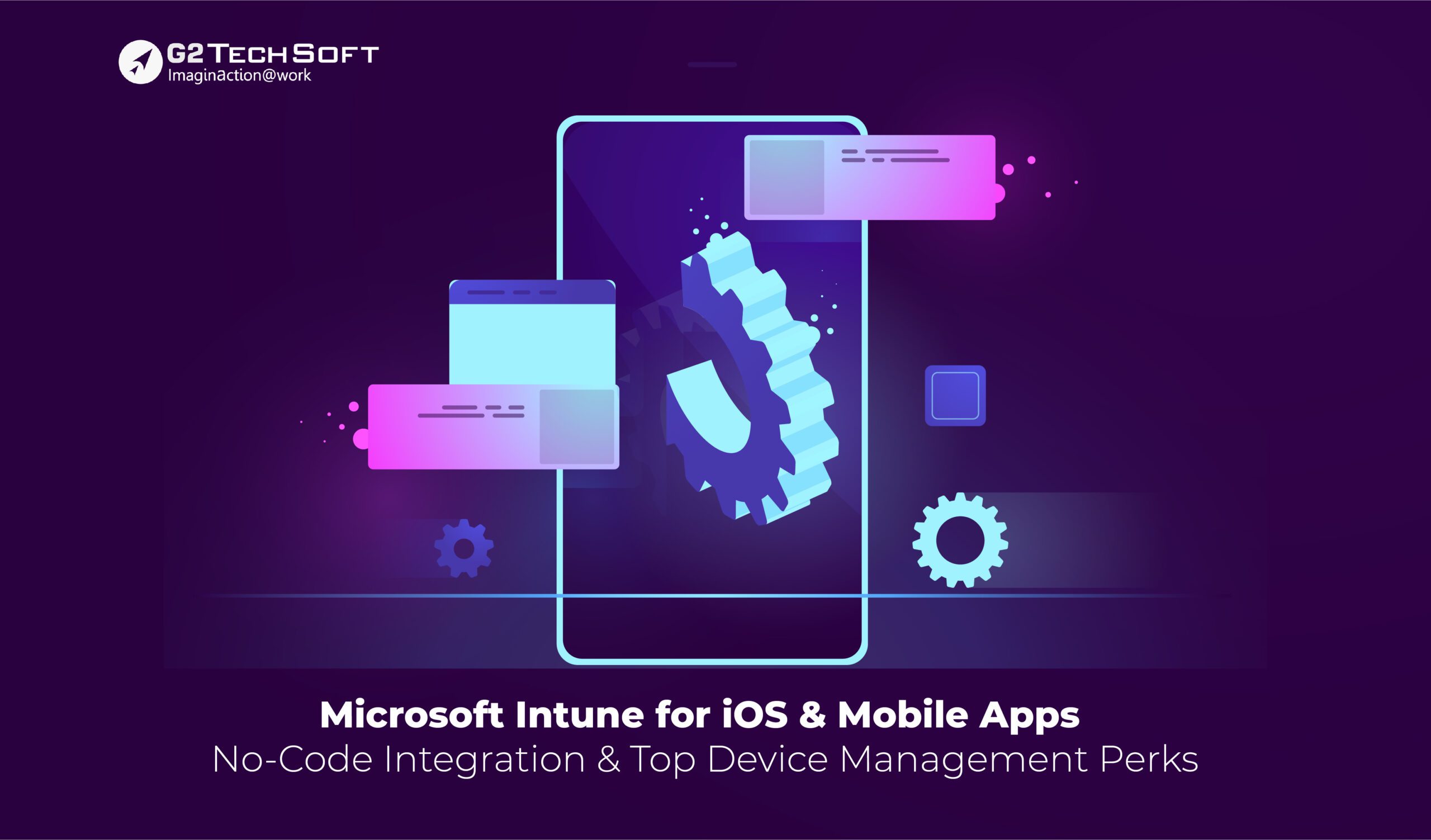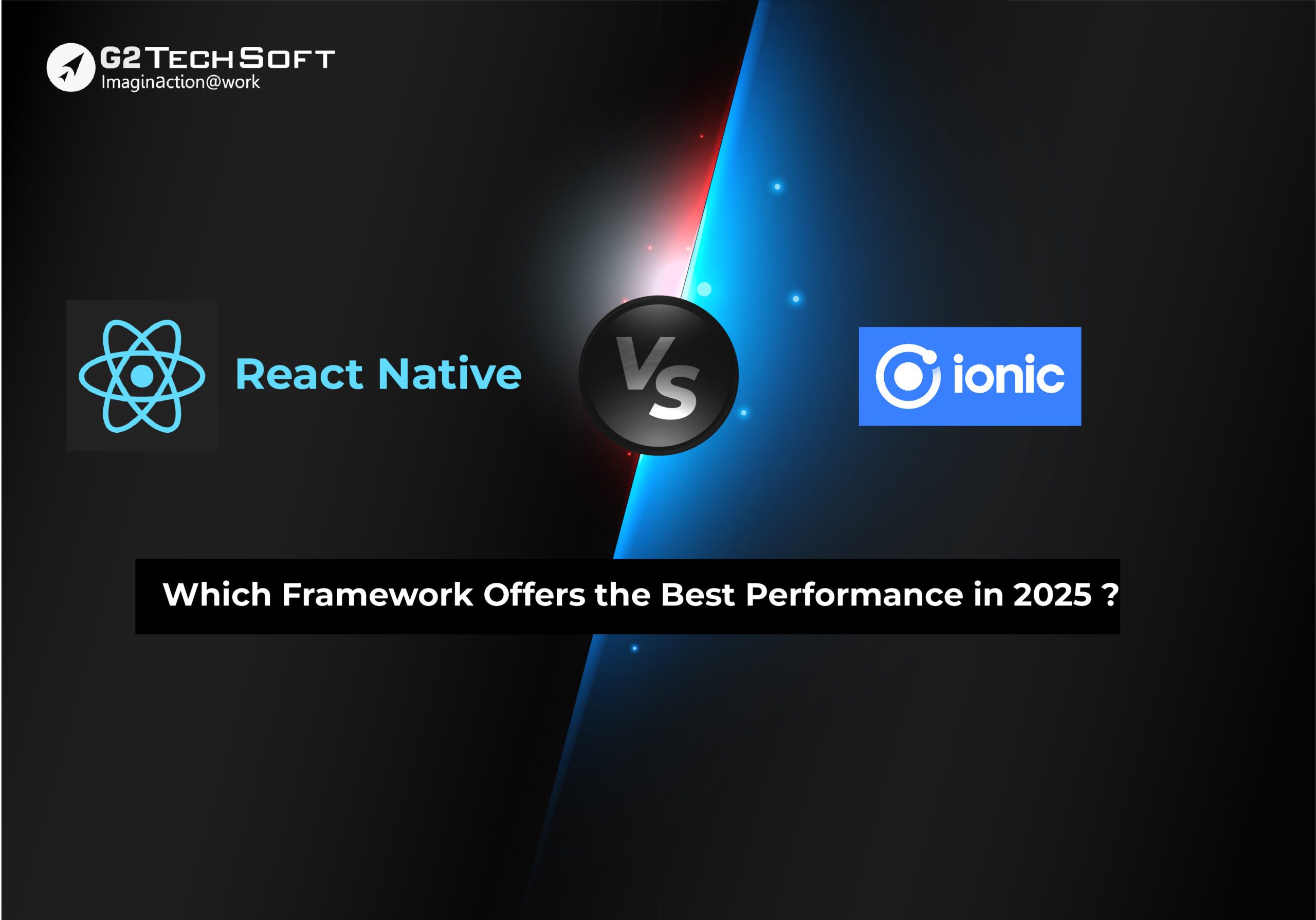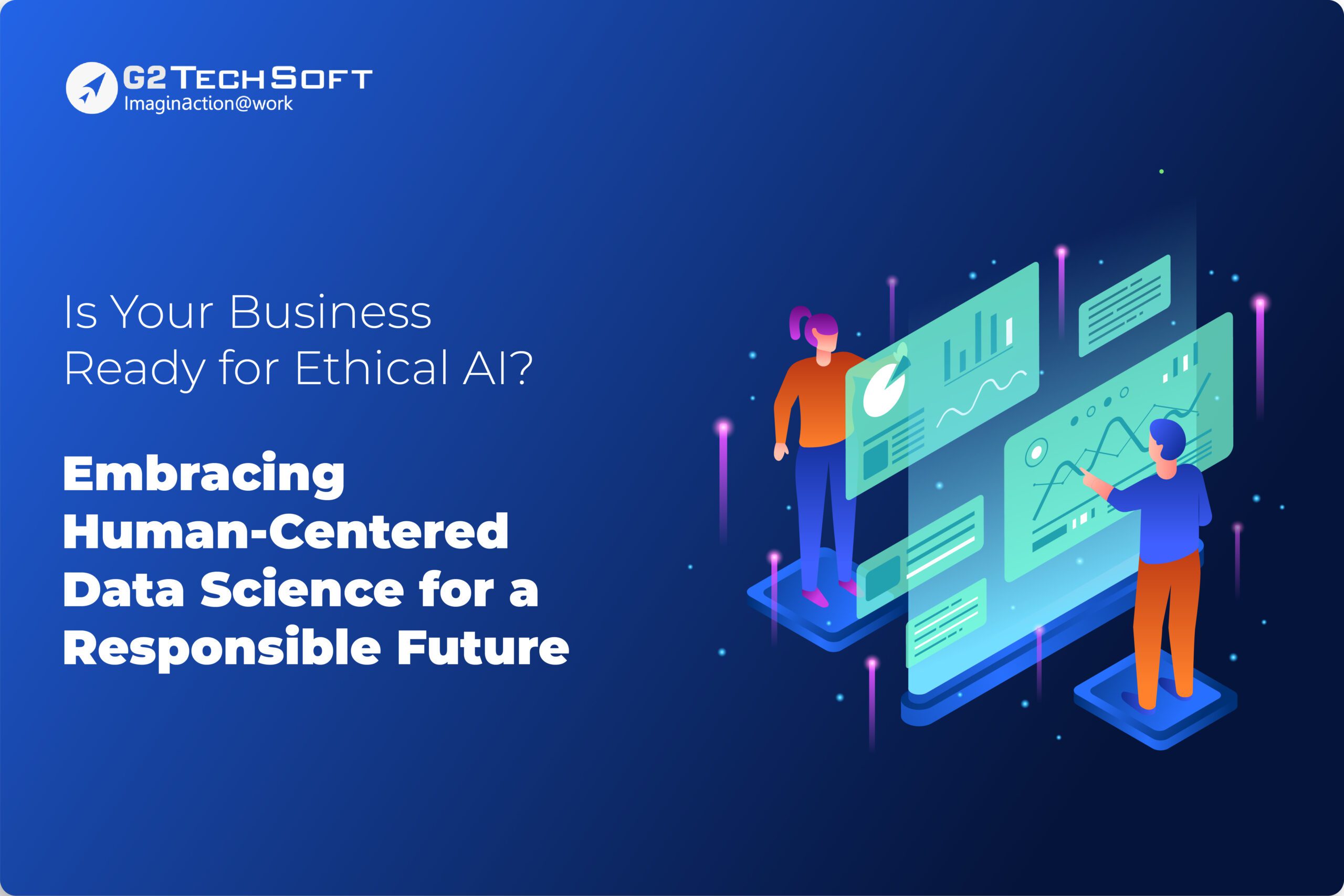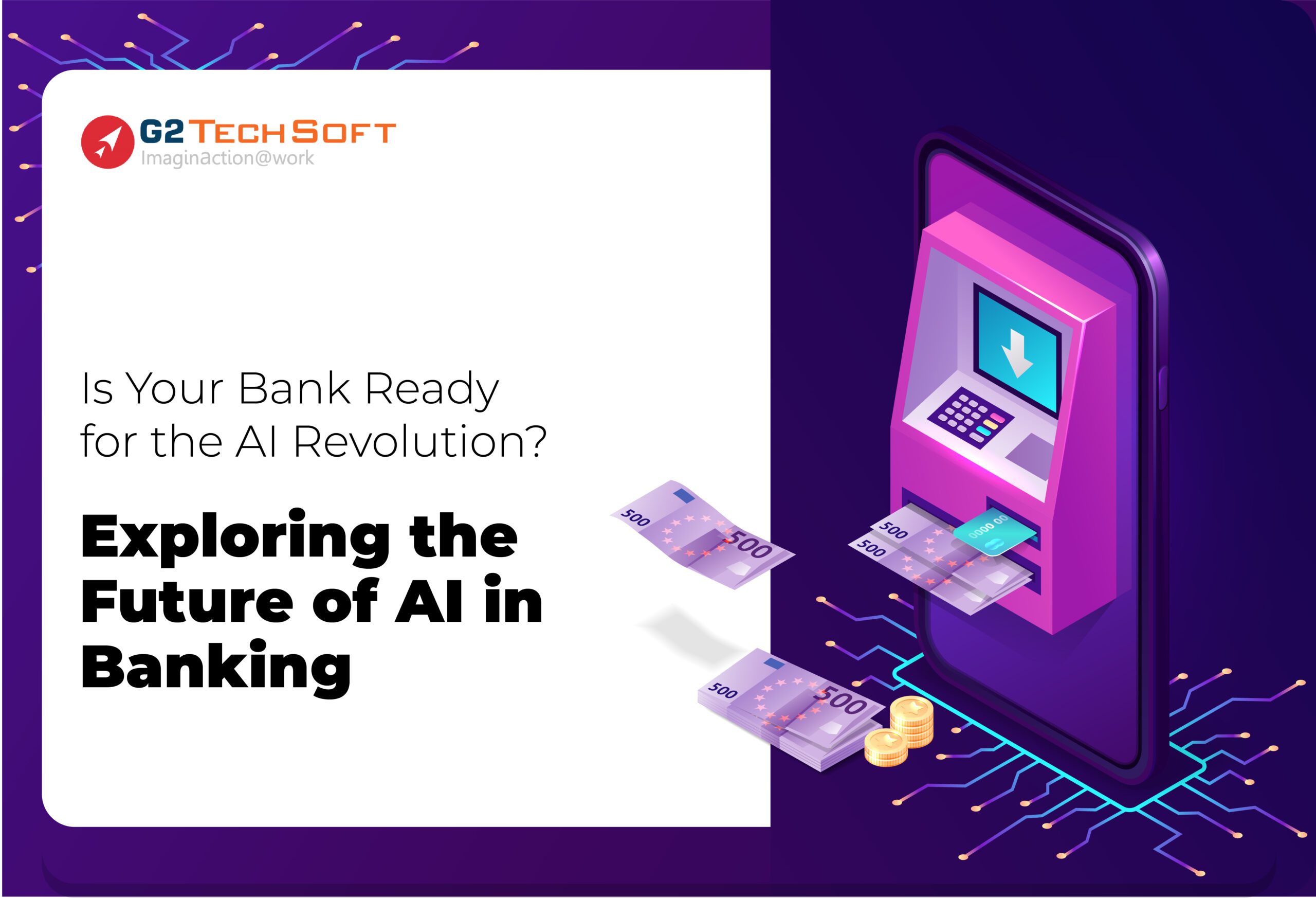
Revamp Your Web Application For The Future: A Guide To Migrating From Web 2 to Web 3
The advent of the web has only been around for around 30 years. Static text and photos were used at first. The modern internet then appeared with the arrival of Web 2. We are currently in the early stages of Web 3, which aims to enable frictionless data flow over a decentralized architecture with shared ownership and management.
Peer-to-peer communication is made possible by Web3 without the use of centralized platforms or middlemen. It makes use of the decentralized blockchain-based technological stack.
The economies and business models of Web 3 are powered by tokens and cryptocurrencies. All firms across all industries have used Web3 as their preferred marketplace, and it was a significant participant in 2022. It is based on the ideas of NFTs, cryptocurrencies, blockchain, virtual reality, and edge computing.
More companies are attempting to merge their products into this new market, which has led to a major rise in the popularity of Web 3 development.
According to recent Google search trends, Web 3 demand has risen by 33% in recent times, which shows that firms are more interested in moving from the Web 2 area to the Web 3 area.
A further change from an application-centric design to a user-centric attitude of decentralization is made throughout the Web 2 to Web 3 migration.
In this blog, the technical components of moving from Web 2 to Web 3 will be covered.
Understanding The Evolution Of The Web 3 And Its Advantages: Web 2 Vs Web 3
Web3 has the following perks over Web2:
- Data is owned by the user.
- It establishes a decentralized environment in which peer-to-peer services and transactions are carried out.
- Data in Web3 cannot be changed or destroyed since it is immutable.
- Web3 systems provide transparency devoid of any centralized control.
- Data is safe and tamper-proof since it cannot be released or stolen without the user’s permission.
- Users benefit from privacy, which enables them to manage their data independently of outside interference.
- Projects for Web3 are open-source.
- Projects such as the Metaverse, which supports the creator economy, may be developed more easily thanks to Web3.
Transforming Your Application: A Practical Guide To Migrating From Web 2 To Web 3
As more programmers, companies, and individuals focus on appreciating and incorporating this technology into daily operations, it is reasonable to foresee a shift from Web 2 to Web 3. It is essential to transition or migrate from the older to the more recent technologies since the latter will facilitate peer-to-peer transactions, which do away with the necessity for middlemen.
Web 2 Comprehension:
Today’s savvy internet users may employ Web 2 technology. It is one of the greatest technologies that has been used extensively online for a long time, enabling the creation of user-generated content. It is therefore an excellent tool for accessibility and interoperability on the Internet.
Users can post thoughts, edit site material, and interact with servers in real-time in the online version. Despite its advantages and longer service seasons for customers, the Internet version has faced several difficulties.
The expansion of fraudulent activities and the accessibility of outdated materials are two challenges with this internet-based version that require more advanced intelligence to properly address new issues.
Web 3 Comprehension:
In the digital sphere, the ability to write, read, and own has experienced a revolution and metamorphosis. Thanks to Web 3 technology, users may now acquire or claim ownership of the projects and information they produce.
Web 3 has the property of decentralization. It’s a great feature because everyone can participate in an unstable environment with consensus rules.
Key Considerations For Digital Transformation Leaders Switching To Web 3:
Before the introduction of Web 3, digital transformation mostly concentrated on Web-2 improvements like AI-driven automation, cloud computing deployment, staff upskilling, and customer service optimization.
With its cutting-edge attributes, including AI, ML, decentralization, permissionless and trustless networks, and omnipresence, Web3 has had a significant influence on the industry. This has given digital transformation executives a strong incentive to move their companies farther away from Web 2 and towards Web 3.
Also, digital transformation experts are battling rivals to introduce their companies to the Web 3 marketplace first due to Web 3’s expanding supremacy as a new, prosperous marketplace for firms.
Web3 solutions based on blockchain will replace current operating procedures as part of this transformation. Leaders in digital transformation can do this by pursuing an aggressive, all-out Web 3 migration approach or a methodical, planned deployment strategy.
While deciding how to steer their company’s future through digital transformation, executives should keep the following things in mind:
Get The Support Of Organizational Stakeholders Before Enforcing Change On Web3 Services:
For many firms, a Web3 migration that takes place overnight is not a viable option. Digital transformation executives should take into account that an aggressive migration plan may be challenging for most staff members who are still getting to know the advantages of adopting Web 3.
Conversely, a smoother transition can result from easing corporate stakeholders into Web3 by offering pertinent Web3 educational content and training.
More thorough employee training programs on web3 DApp design and usage could result in easier stakeholder adoption.
Customer-focused Web 3 migration:
A positive ROI may be obtained by prioritizing the enhancement of client experiences through Web 3 migration. Companies might start by streamlining the particular customer-centric areas of their operations that require improvement. For instance, firms may consider providing cryptocurrency payment options via crypto wallets.
Data security is one of the top customer worries today. Web3 migration to enhance customer data protection with blockchain technology is a realistic strategy digital transformation leaders can use to increase customer confidence and brand loyalty.
Digital identity wallets provide them with authority over their personal and private information thanks to the digital transformation in Web3 payments.
Moreover, bitcoin solutions provide clients who do not pay third-party processing fees with a simple and effective B2C payment option.
To get Web 3.0 widely accepted, digital transformation leaders should start by giving customers complete control over their finances and identities.
Start By Fixing Your Firm’s Flaws While Delaying The Implementation Of Functional Systems:
Leaders in digital transformation should evaluate the weaknesses and strengths of their firms. This examination clarifies what, in terms of operations, is working and what is not.
Companies may therefore emphasize capabilities that urgently require Web3 upgrades and lessen their emphasis on systems that are operating well. As this is a new platform, a staged migration strategy may be advantageous and transformational for organizations without causing operational problems.
The web3 metaverse marketplace, for example, can display digital goods and services with astounding sales. Either through payments made from their eWallets using their preferred crypto tokens, customers utilizing virtual or augmented reality may view and purchase goods and services digitally, thereby expanding firms’ digital sector reach.
The absence of transactional trust and transparency when working with outside suppliers, vendors, and some other stakeholders is another serious problem that Web2 enterprises must deal with.
The use of smart contracts, one of blockchain web3’s most essential and comprehensive features, can help digital transformation leaders overcome this problem. A smart contract is a type of contract between two parties to a transaction in which the terms of an asset exchange are expressed in immutable computer code and are only put into action when a predetermined set of criteria are satisfied.
Firms may trade their physical or digital assets safely this way without the need for a middleman, saving time and money while assuring improved connections and operating transaction transparency.
Therefore, as a leader in digital transformation, your firm would profit from adopting a priority-based strategy for migration, initially concentrating on business issues and progressively moving on to the enhancement of suitable operating skills.
Key Takeaways:
The extensive digital marketplace inside Web3 is still the most important area for enterprises. Leaders in digital transformation must take into account the commercial opportunities presented by offering goods and services in this market. This might be the exact thing a company needs to outperform rivals when coupled with efficient bitcoin payment options.
G2 Framework is a reputable firm that has collaborated on live Web3 projects with several firms. Everything on the decentralized Web3 is our area of expertise.
